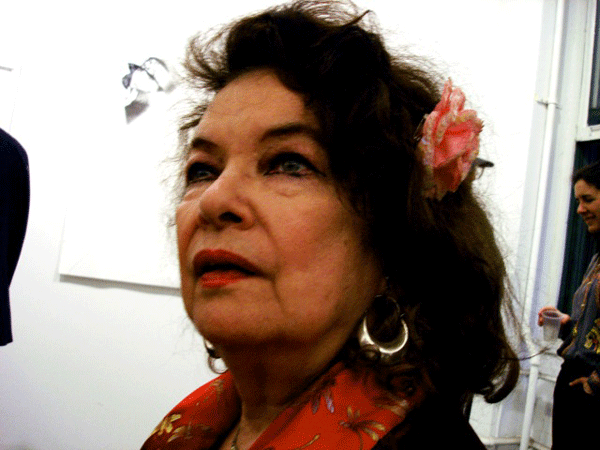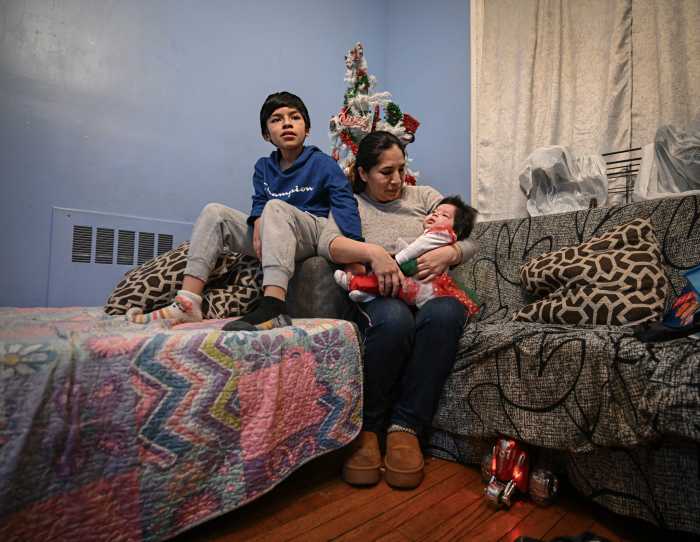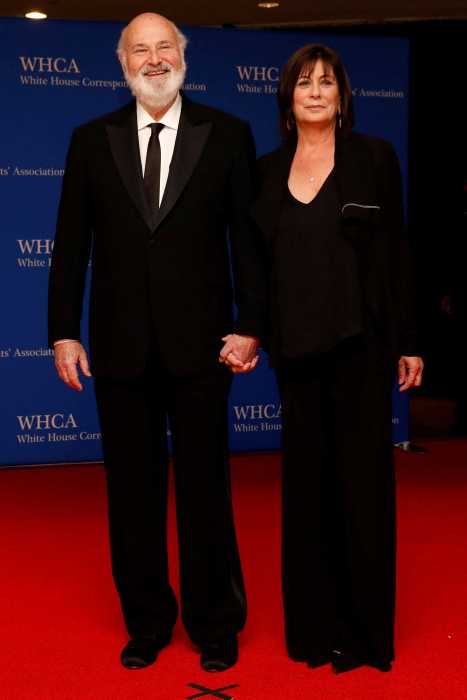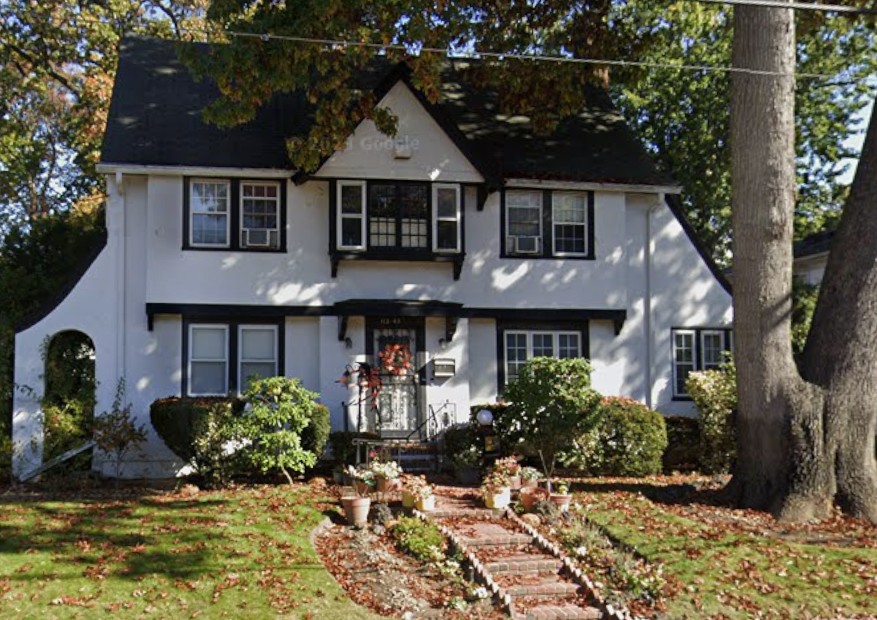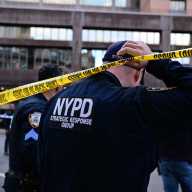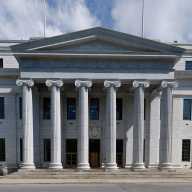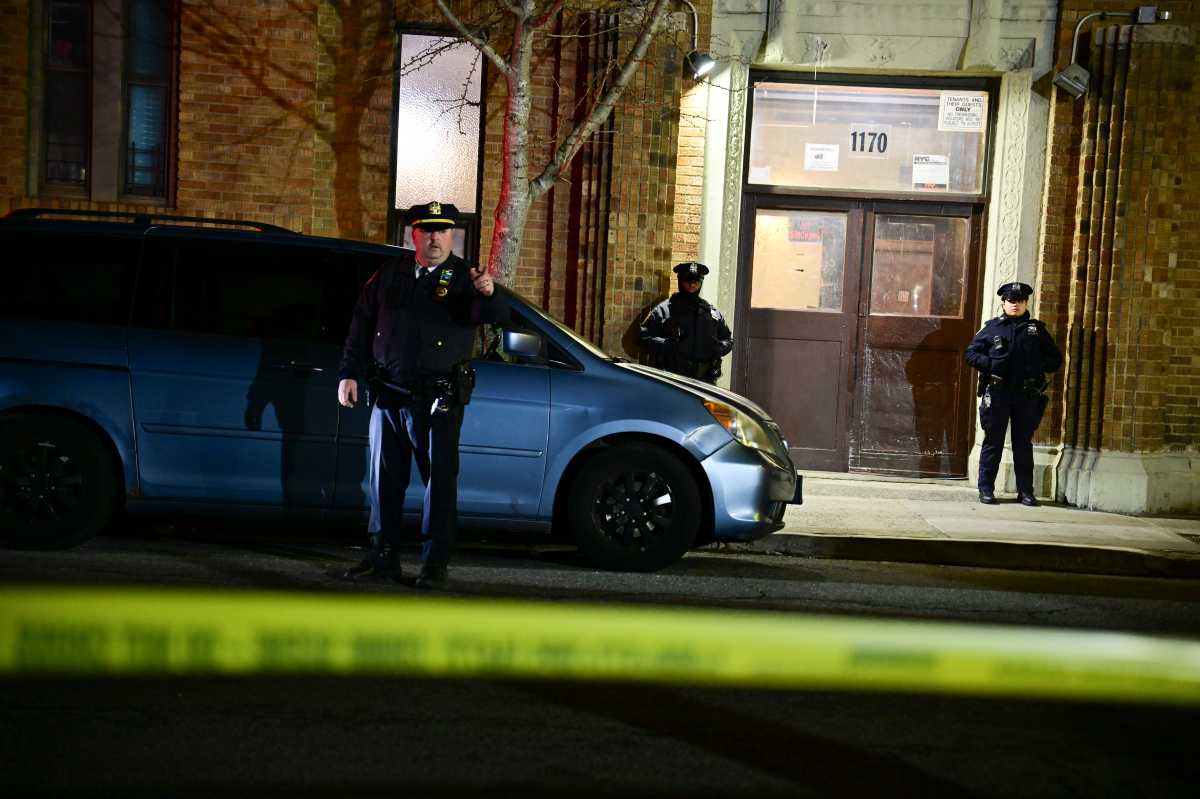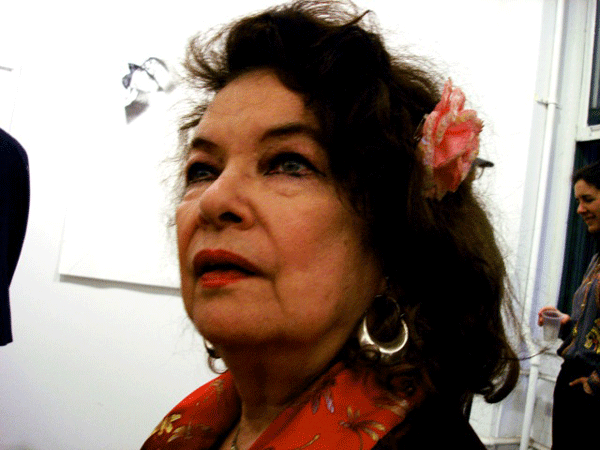 [/media-credit]
[/media-credit]
Among her best-known works is “Giant Woman,” a series of paintings between 1969 and 1972 of a gigantic naked woman cavorting among New York City skyscrapers.
The controversy aroused by her work led her to organizing women artists in the Fight Censorship Group, whose members would eventually include Louise Bourgeois and Hannah Wilke.
“If the erect penis is not wholesome enough to go into museums, it should not be considered wholesome enough to go into women,” said her manifesto for the group.
At a 2007 University of Pennsylvania forum, she said, “Good taste is the enemy of art. It’s wonderful for curtains but in art it is suffocating.”
Anita Slavin Arkin was born in Brooklyn in 1930 to Dora and Hyman Arkin. She graduated from the High School of Music and Art in Manhattan, and studied and taught at the Art Students League. She supported herself in a variety of jobs, including ballroom dancing instruction and working aboard a cargo ship. She also studied at The Cooper Union and Alfred University.
In the 1950s she was part of the Greenwich Village art scene and lived with Marlon Brando while he was appearing on Broadway in “A Streetcar Named Desire,” according to Rachel Middleman, her executor, as quoted in The New York Times.
She was also a friend of Beat poet Allen Ginsberg and the singer Herbert Khaury, known as Tiny Tim. Her marriage to Jordan Steckel, an artist, ended in divorce after 10 years.
In 1963, she produced montages of reproductions of famous paintings and old portrait photos, adding ghostly figures of men and woman and called the series, “Mom Art,” as a counter to the Pop Art then in fashion.
A longtime resident of Westbeth, she lived and worked in a small 10th-floor studio in the sprawling artists’ complex on West St. between Bank and Bethune Sts. Among her many group and solo shows, she had two solo exhibitions of her work in the Westbeth Gallery in 1972 and 1973. Her work was also shown in the Whitney Museum in 1969 and in museums in Sweden, Mexico and China.
Among college and group exhibits, her work appeared at the School of Visual Arts, Sarah Lawrence College, New York University, The New School, Alfred College, University of Michigan and University of Pennsylvania.
Her daughter, Dinah Steckel, survives.



